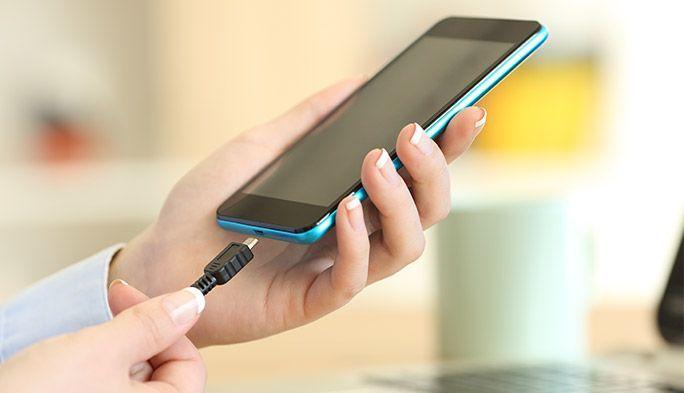Nine "lies and truths" about smartphone batteries
We rarely give up our smartphone, but sometimes it feels like a wizard's tool. With regard to that capricious battery, turning on Bluetooth will quickly reduce it by 20%, and the story that you can't suddenly recharge if you've been using it for many years is full of scrolling.
In order to solve these problems, we collected the "myth" of batteries. Do not connect to the charger overnight or turn off the power as a small pause. Even if this is a pointless behavior, we are always looking for a way to keep the work-exhausted battery a little longer.
In order to scientifically verify these traditions, I consulted a battery expert. That is to say, let people judge the most popular myths, let them interpret rumors scientifically, and, if possible, get a smart follower that can extend the life of the phone.
1: even if it shows 100%, there is still room for charging.
[truth]

There is a margin in the mobile phone that is more rechargeable than the percentage displayed on the monitor. However, if you use it, it will dramatically shorten the overall battery life. The crux of the problem is the delicate trade-off in the production process.
If you can charge a lot of batteries, each charge will damage the inside of the battery. In order to be able to charge hundreds or thousands of times, it is necessary to limit the current of the battery during production.
To understand this problem, you need to know how the battery works. The central part of the lithium-ion battery used in smartphones, laptops and electric vehicles consists of two layers.
One is lithium cobalt, the other is graphite. Energy is generated when lithium ions move from the graphite layer to the lithium cobalt layer. When the battery is charged, the lithium ion simply returns in the opposite direction. In other words, it is transferred from lithium cobalt to graphite.
Let's go back to the issue of battery life and charging cycle. If the lithium ion moves from the lithium cobalt layer many times, the structure of the whole layer becomes crazy. Kent Griffith, who studies energy storage at the University of Cambridge, said: "the atomic structure of matter actually collapses when all the lithium is removed."
In other words, more than 100% of the battery can be recharged, but it can only remove extremely important lithium ions. "it's like taking the beam from the floor in a building," Griffith said. " We can remove lithium ions, but we can only pray to restore the damaged internal structure.
Therefore, set a limit on the amount of battery that can be recharged. In most cases, the lithium ion in lithium cobalt oxide, which disappears due to a full charge, is set to about half. "if you spend more than half of it, you can recharge it, but not so many times."
2: open Wi-Fi or Bluetooth connection to reduce service life
[truth]
Among the things that significantly reduce battery life, there is one thing that can be confirmed by just looking at the picture. That's the energy wasted when the phone connects the Wi-Fi to the Internet.